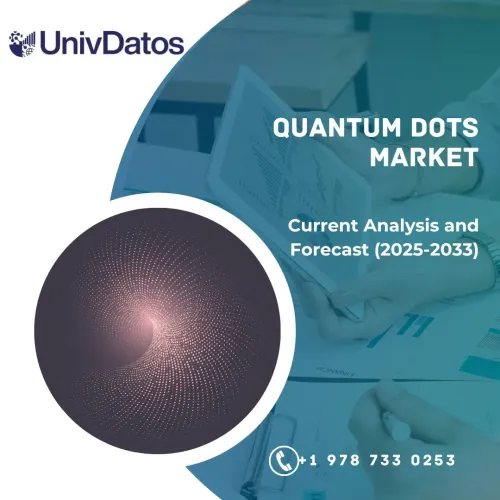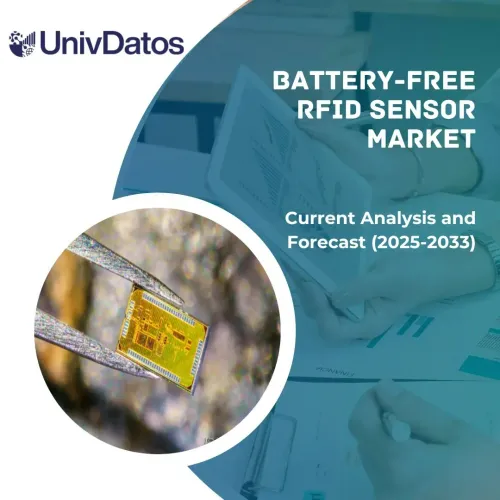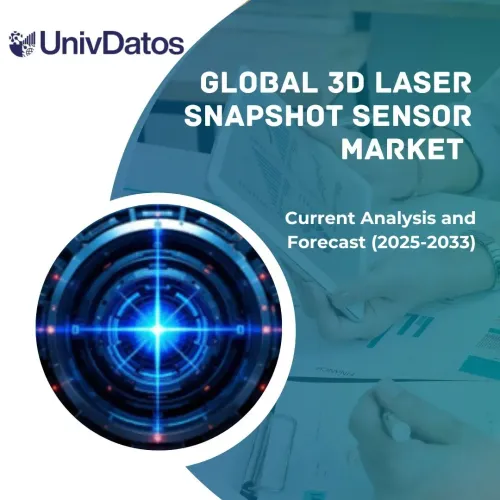Отчет о рынке 3D-сенсоров TOF: текущий анализ и прогноз (2024–2032)
Акцент на типе продукта (прямые ToF-сенсоры и непрямые ToF-сенсоры), применении (распознавание жестов, 3D-сканирование и формирование изображений, дополненная реальность и виртуальная реальность, безопасность и навигация в автомобилестроении, промышленная автоматизация и робототехника и другие), отраслевой вертикали (потребительская электроника, автомобилестроение, промышленность и другие); и регион/страна
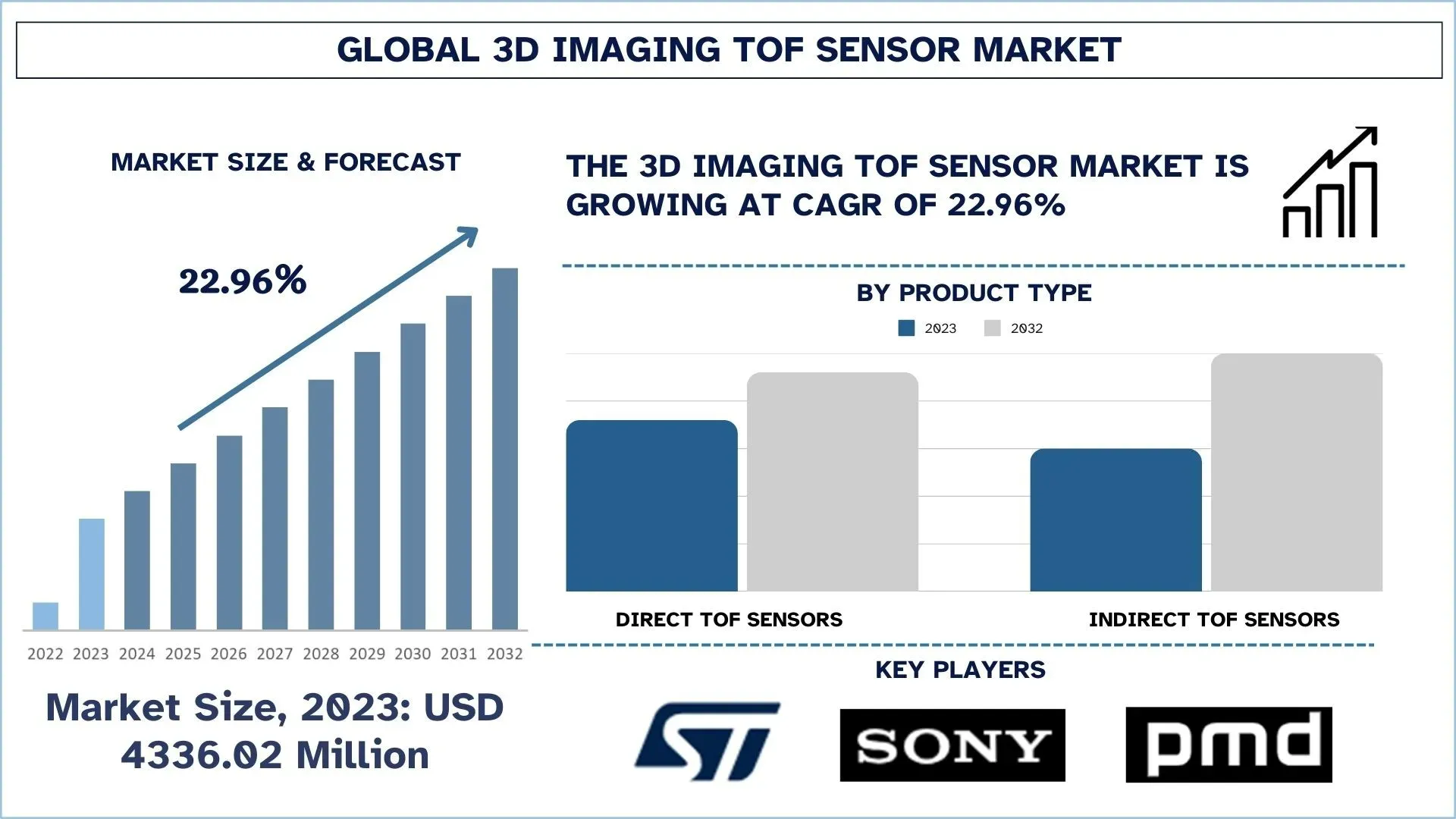
Размер и прогноз рынка 3D-сенсоров TOF
Объем рынка 3D-сенсоров TOF в 2023 году оценивался примерно в 4336,02 млн долларов США, и ожидается, что он будет расти со значительным среднегодовым темпом роста около 22,96% в течение прогнозируемого периода (2024–2032 годы) благодаря потенциальным преимуществам технологии ToF для точного измерения глубины и обнаружения объектов.
Анализ рынка 3D-сенсоров TOF
3D time of flight (ToF) — это тип бесконтактного лидара (light detection and ranging), использующий оптические импульсы высокой мощности продолжительностью в наносекунды для получения информации о глубине (обычно на небольших расстояниях) из интересующей сцены. Связанная технология 3D indirect time of flight (iToF) — это система получения изображений глубины, которая использует массив пикселей для получения информации о глубине из интересующей сцены, освещенной непрерывной волной лазерного излучения высокой мощности.
3D-сенсор ToF также называется 3D-сенсором Time-of-Flight, и он применяется в нескольких существующих и новых отраслях промышленности для обеспечения высокой точности в чувствительности к глубине, а также в формировании изображений в реальном времени и точной 3D-обработке. В секторе потребительской электроники ToF-сенсоры улучшают распознавание лиц, дополненную реальность, виртуальную реальность и приложения для фотографии на смартфонах, что делает их решающими в следующем поколении технических гаджетов. Автомобилестроение — еще один важный сегмент применения, где ToF-сенсоры широко применяются в ADAS, автономной навигации и лидарах. Кроме того, приложения промышленной автоматизации и робототехники начали внедрять ToF-сенсоры для обнаружения объектов, управления запасами и контроля качества продукции. Другие отрасли, которые должны извлечь выгоду из 3D-изображений, — это диагностика и медицинская робототехника в сфере здравоохранения. Кроме того, растущие решения для умных городов, растущее наблюдение с использованием искусственного интеллекта и разработки в области искусственного интеллекта и периферийных вычислений еще больше стимулируют спрос.
Тенденции рынка 3D-сенсоров TOF
В этом разделе обсуждаются основные тенденции рынка, влияющие на различные сегменты рынка 3D-сенсоров TOF, как определено нашими экспертами по исследованиям.
Гибридные системы ToF и LiDAR
Сочетание ToF-сенсоров с LiDAR постепенно становится тенденцией на текущем рынке для таких приложений, как автономные транспортные средства, робототехника и умные города. ToF-сенсоры обладают высокой точностью в измерении глубины на коротких и средних расстояниях и низким энергопотреблением, в то время как LiDAR задействован в 3D-картографировании на больших расстояниях и сканировании окружающей среды. Добавление и интеграция этих технологий делают возможными идентификацию объектов в реальном времени, обнаружение препятствий и высокоточную 3D-обработку для беспилотных автомобилей, промышленной робототехники и дронов. Кроме того, высокопроизводительные комбинации ToF-LiDAR адаптируются в геопространственных приложениях, обороне, а также в AR и VR, которые требуют точных данных о глубине. Крупные производители ToF-сенсоров и технологические гиганты планируют и тратят большие деньги на совершенствование этого подхода, чтобы повысить эффективность сенсоров и диапазон восприятия глубины, а также дать им возможность работать в любой среде.

Ожидается, что Азиатско-Тихоокеанский регион станет самым быстрорастущим регионом
Ожидается, что в Азиатско-Тихоокеанском регионе среднегодовой темп роста 3D-сенсоров ToF будет самым высоким в течение прогнозируемого периода из-за большой потребности рынка в секторах потребительской электроники и автомобилестроения, а также роста числа приложений в секторе здравоохранения. В настоящее время такие страны, как Китай, Япония и Индия, доминируют в производстве смартфонов, где ToF-сенсоры используются для таких приложений, как распознавание лиц, AR и улучшение систем камер устройств. Кроме того, растущее проникновение беспилотных автомобилей и ADAS в регионе способствует интеграции ToF-сенсоров в лидары и зондирование глубины на всем рынке. Неуклонно растущий сектор робототехники и промышленная автоматизация, благодаря государственной политике, такой как «Делай в Индии» и «Сделано в Китае: 2025», ускоряют рост рынка. Увеличение инвестиций в медицинскую визуализацию и умное сетевое наблюдение является еще одним фактором, влияющим на рост рынка. Производители полупроводников и растущая интеграция исследований и разработок в Азиатско-Тихоокеанском регионе будут способствовать росту рынка 3D-сенсоров ToF в прогнозируемый период.
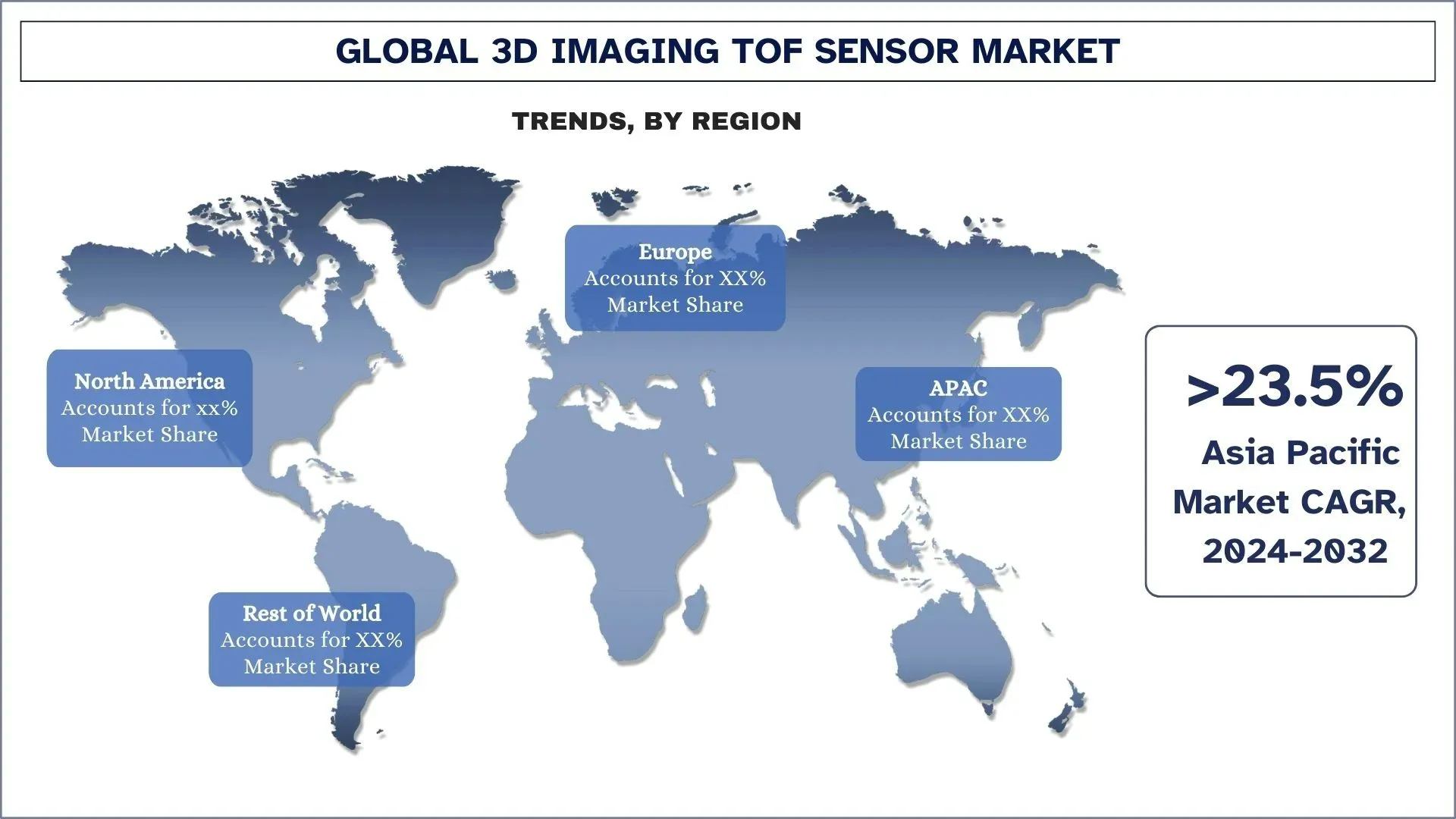
Обзор отрасли 3D-сенсоров TOF
Рынок 3D-сенсоров TOF является конкурентным, с несколькими глобальными и международными игроками. Ключевые игроки принимают различные стратегии роста для расширения своего присутствия на рынке, такие как партнерства, соглашения, сотрудничество, запуск новых продуктов, географическое расширение, а также слияния и поглощения. Некоторые из основных игроков, работающих на рынке: STMicroelectronics, Sony Semiconductor Solutions Corporation, Pmdtechnologies AG, Infineon Technologies AG, Melexis, ams-OSRAM AG, Texas Instruments Incorporated, Analog Devices, Inc., Teledyne Vision Solutions (Teledyne Technologies), ifm electronic India Pvt. Ltd. (ifm Group).
Новости рынка 3D-сенсоров TOF
- В феврале 2024 г.STMicroelectronics расширяет возможности 3D-зондирования глубины с помощью новейших сенсоров time-of-flight. ST представляет новые прямые и непрямые сенсоры Time-of-Flight для ключевых приложений, таких как помощь при работе с камерой, виртуальная реальность, 3D-веб-камера, робототехника и умные здания. Ожидается, что эти расширения ускорят рост мирового рынка 3D-сенсоров TOF.
- В июле 2024 г.Nuvoton Technology Corporation, Japan (NTCJ) объявила о начале серийного производства 3D Time-of-Flight (TOF*1) сенсора с разрешением 1/4 дюйма VGA (640x480 пикселей). Этот сенсор призван произвести революцию в распознавании людей и объектов в различных условиях внутри и вне помещений. Эта возможность была достигнута благодаря уникальной технологии разработки пикселей NTCJ и технологии расчета расстояния/обработки сигнала изображения (ISP*2).
- В ноябре 2024 г. -TOPPAN Holdings Inc. разработала свой 3D ToF (Time of flight) сенсор1 первого поколения для робототехники в 2023 году, используя технологию hybrid ToF™2 для обеспечения дальнего измерения, устойчивости к внешним средам, высокоскоростного зондирования и одновременного использования нескольких устройств. Сейчас компания дополнительно улучшила высокоскоростную обработку изображений и высокоточное измерение дальности первого поколения, чтобы разработать новую модель 3D ToF сенсора с более компактным форм-фактором и меньшим энергопотреблением.
Охват отчета о рынке 3D-сенсоров TOF
Детали | |
Базовый год | 2023 |
Прогнозируемый период | 2024–2032 |
Динамика роста | Ускорение со среднегодовым темпом роста 22,96% |
Размер рынка 2023 г. | 4336,02 млн долларов США |
Региональный анализ | Северная Америка, Европа, Азиатско-Тихоокеанский регион, Остальной мир |
Основной вносящий вклад регион | Ожидается, что в Азиатско-Тихоокеанском регионе среднегодовой темп роста будет самым высоким в течение прогнозируемого периода. |
Основные охваченные страны | США, Канада, Германия, Франция, Великобритания, Испания, Италия, Китай, Япония и Индия |
STMicroelectronics, Sony Semiconductor Solutions Corporation, Pmdtechnologies AG, Infineon Technologies AG, Melexis, ams-OSRAM AG, Texas Instruments Incorporated, Analog Devices, Inc., Teledyne Vision Solutions (Teledyne Technologies), ifm electronic India Pvt. Ltd. (ifm Group) | |
Область применения отчета | Тенденции рынка, факторы роста и ограничения; оценка и прогноз выручки; анализ сегментации; анализ спроса и предложения; конкурентная среда; профилирование компаний |
Охватываемые сегменты | ByТип продукта, по применению, по отраслевой вертикали, по региону/стране |
Причины для покупки этого отчета:
- Исследование включает в себя определение размера рынка и анализ прогнозов, подтвержденные проверенными ключевыми отраслевыми экспертами.
- Отчет представляет собой краткий обзор общей производительности отрасли с первого взгляда.
- Отчет охватывает углубленный анализ выдающихся представителей отрасли с основным акцентом на ключевые финансовые показатели бизнеса, продуктовые портфели, стратегии расширения и последние разработки.
- Детальное изучение движущих сил, ограничений, ключевых тенденций и возможностей, преобладающих в отрасли.
- Исследование всесторонне охватывает рынок по различным сегментам.
- Углубленный анализ отрасли на региональном уровне.
Варианты настройки:
Рынок датчиков 3D-визуализации TOF может быть дополнительно настроен в соответствии с требованиями или любым другим сегментом рынка. Кроме того, UMI понимает, что у вас могут быть свои собственные бизнес-потребности, поэтому не стесняйтесь обращаться к нам, чтобы получить отчет, который полностью соответствует вашим требованиям.
Содержание
Методология исследования для анализа рынка датчиков 3D-визуализации TOF (2022-2032)
Анализ исторического рынка, оценка текущего рынка и прогнозирование будущего рынка мирового рынка датчиков 3D-визуализации TOF были тремя основными шагами, предпринятыми для создания и анализа применения датчиков 3D-визуализации TOF в основных регионах мира. Были проведены исчерпывающие вторичные исследования для сбора исторических данных о рынке и оценки текущего размера рынка. Во-вторых, для проверки этих выводов было принято во внимание множество выводов и предположений. Кроме того, были проведены исчерпывающие первичные интервью с экспертами отрасли по всей цепочке создания стоимости мирового рынка датчиков 3D-визуализации TOF. После предположения и подтверждения рыночных показателей с помощью первичных интервью мы применили восходящий/нисходящий подход для прогнозирования общего размера рынка. После этого были приняты методы разбиения рынка и триангуляции данных для оценки и анализа размера рынка сегментов и подсегментов отрасли. Подробная методология объяснена ниже:
Анализ исторического размера рынка
Шаг 1: Углубленное изучение вторичных источников:
Было проведено подробное вторичное исследование для получения исторических данных о размере рынка датчиков 3D-визуализации TOF через внутренние источники компании, такие какгодовые отчеты и финансовая отчетность, презентации о результатах деятельности, пресс-релизы и т. д.,и внешние источники, включаяжурналы, новости и статьи, правительственные публикации, публикации конкурентов, отраслевые отчеты, сторонние базы данных и другие заслуживающие доверия публикации.
Шаг 2: Сегментация рынка:
После получения исторических данных о размере рынка датчиков 3D-визуализации TOF мы провели подробный вторичный анализ, чтобы собрать исторические данные о рынке и долю для различных сегментов и подсегментов для основных регионов. Основные сегменты включены в отчет как тип продукта, применение, отраслевой вертикаль и регионы. Дальнейший анализ на уровне стран был проведен для оценки общего внедрения датчиков 3D-визуализации TOF в этом регионе.
Шаг 3: Факторный анализ:
После получения исторических данных о размере рынка различных сегментов и подсегментов мы провели подробныйфакторный анализдля оценки текущего размера рынка датчиков 3D-визуализации TOF. Кроме того, мы провели факторный анализ, используя зависимые и независимые переменные, такие как тип продукта, применение, отраслевой вертикаль и регионы рынка датчиков 3D-визуализации TOF. Был проведен тщательный анализ сценариев спроса и предложения с учетом ведущих партнерств, слияний и поглощений, расширения бизнеса и запуска продуктов на рынке датчиков 3D-визуализации TOF по всему миру.
Оценка и прогноз текущего размера рынка
Определение текущего размера рынка:Основываясь на практических выводах, полученных на вышеуказанных 3 этапах, мы пришли к текущему размеру рынка, ключевым игрокам на мировом рынке датчиков 3D-визуализации TOF и долям рынка сегментов. Все требуемые доли процентов, разбивки и детализации рынка были определены с использованием вышеупомянутого вторичного подхода и были проверены с помощью первичных интервью.
Оценка и прогнозирование:Для оценки и прогнозирования рынка веса были присвоены различным факторам, включая движущие силы и тенденции, ограничения и возможности, доступные для заинтересованных сторон. После анализа этих факторов были применены соответствующие методы прогнозирования, т. е. восходящий/нисходящий подход, для получения прогноза рынка на 2032 год для различных сегментов и подсегментов на основных рынках мира. Методология исследования, принятая для оценки размера рынка, включает:
- Размер рынка отрасли с точки зрения выручки (USD) и степень внедрения рынка датчиков 3D-визуализации TOF на основных внутренних рынках.
- Все доли процентов, разбивки и детализации сегментов и подсегментов рынка.
- Ключевые игроки на мировом рынке датчиков 3D-визуализации TOF с точки зрения предлагаемых продуктов. Кроме того, стратегии роста, принятые этими игроками для конкуренции на быстрорастущем рынке.
Проверка размера и доли рынка
Первичное исследование:Были проведены углубленные интервью с ключевыми лидерами мнений (KOL), включая руководителей высшего звена (CXO/VP, руководители отдела продаж, руководители отдела маркетинга, руководители отдела операционной деятельности, региональные руководители, руководители стран и т. д.) в основных регионах. Результаты первичного исследования были затем обобщены, и был проведен статистический анализ для доказательства заявленной гипотезы. Данные первичного исследования были консолидированы с вторичными данными, таким образом, превращая информацию в практические идеи.
Разделение первичных участников по различным регионам
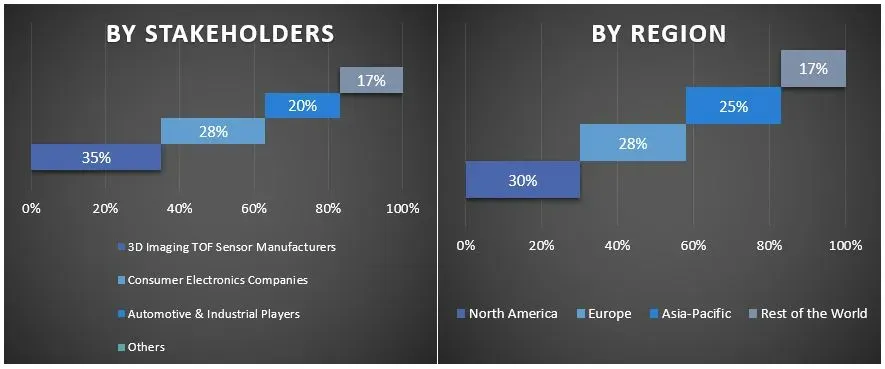
Инжиниринг рынка
Метод триангуляции данных был использован для завершения общей оценки рынка и получения точных статистических данных для каждого сегмента и подсегмента мирового рынка датчиков 3D-визуализации TOF. Данные были разделены на несколько сегментов и подсегментов после изучения различных параметров и тенденций по типу продукта, применению, отраслевой вертикали и регионам мирового рынка датчиков 3D-визуализации TOF.
Основная цель исследования мирового рынка датчиков 3D-визуализации TOF
В исследовании были определены текущие и будущие тенденции мирового рынка датчиков 3D-визуализации TOF. Инвесторы могут получить стратегическую информацию для обоснования своего усмотрения в отношении инвестиций на основе качественного и количественного анализа, проведенного в исследовании. Текущие и будущие рыночные тенденции определили общую привлекательность рынка на региональном уровне, предоставляя платформу для участника отрасли, чтобы использовать неиспользованный рынок, чтобы извлечь выгоду из преимущества первопроходца. Другие количественные цели исследований включают:
- Проанализировать текущий и прогнозируемый размер рынка датчиков 3D-визуализации TOF в стоимостном выражении (USD). Кроме того, проанализировать текущий и прогнозируемый размер рынка различных сегментов и подсегментов.
- Сегменты в исследовании включают области типа продукта, применения, отраслевой вертикали и регионов.
- Определить и проанализировать нормативно-правовую базу для датчиков 3D-визуализации TOF
- Проанализировать цепочку создания стоимости, связанную с присутствием различных посредников, а также проанализировать поведение клиентов и конкурентов в отрасли.
- Проанализировать текущий и прогнозируемый размер рынка датчиков 3D-визуализации TOF для основных регионов.
- Основные страны регионов, изученные в отчете, включают Азиатско-Тихоокеанский регион, Европу, Северную Америку и остальной мир.
- Профили компаний на рынке датчиков 3D-визуализации TOF и стратегии роста, принятые игроками рынка для поддержания быстрорастущего рынка.
- Углубленный анализ отрасли на региональном уровне.
Часто задаваемые вопросы Часто задаваемые вопросы
В1: Каков текущий размер и потенциал роста рынка датчиков TOF 3D-изображения?
Рынок датчиков TOF 3D-изображения оценивался в 4336,02 млн долларов США в 2023 году и, как ожидается, будет расти со среднегодовым темпом роста (CAGR) 22,96% в течение прогнозируемого периода (2024–2032 гг.).
В2: Какие факторы обуславливают рост рынка датчиков TOF 3D-изображения?
Рынок датчиков TOF 3D-изображения в основном обусловлен растущим внедрением AR/VR, распознавания лиц и 3D-сканирования в потребительской электронике, а также расширением применения в промышленной автоматизации и робототехнике.
В3: Какой сегмент имеет наибольшую долю рынка датчиков TOF 3D-изображения по типу продукта?
Сегмент непрямых датчиков ToF имеет наибольшую долю рынка датчиков TOF 3D-изображения по типу продукта.
В4: Каковы основные тенденции на рынке датчиков TOF 3D-изображения?
Растущая разработка гибридных систем ToF и LiDAR, разработка маломощных датчиков ToF и расширение биомедицинской визуализации являются основными тенденциями на рынке датчиков TOF 3D-изображения.
В5: Какой регион будет доминировать на рынке датчиков TOF 3D-изображения?
Регион Северной Америки доминировал на рынке в 2023 году.
Связанные Отчеты
Клиенты, купившие этот товар, также купили


